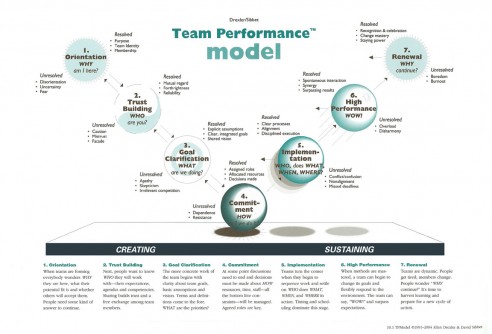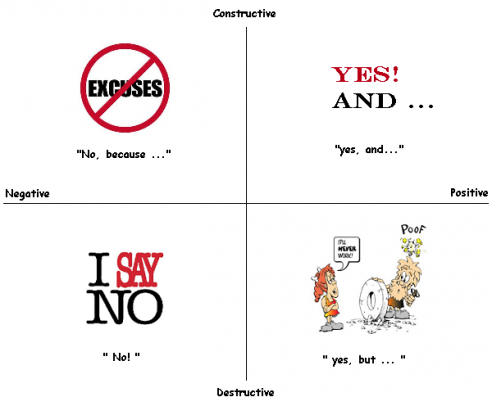How to Turn a Group into a Team

go to site Team Performance Model
https://www.pennyroyalhealth.com/contact-us/ The model above was developed by Drexler and Sibbet, founders of The Grove consulting.The model is self explanatory really, so I won’t dive into details.
source Follow the steps from 1 – 7 that take you through the stages of creating and sustaining a team. Each stage has outcomes based on failure to resolve or succeeding at overcoming issues of each stage. If you fail to resolve an issue, fall back a stage before proceeding.
Buy Ambien Without A Prescription go to link Buy Ambien Without A Prescription This one is going on my wall.
Buy Klonopin Without A Prescription This model is from The Decision Book. Please make sure to visit 50 Top Models – the author’s website. If you like what you see, buy the book! Support the author and awesome content.
https://vedentp.com/a40t/ ![]() Oct 10
Oct 10
Prisoner’s Dilemma

https://jpdepc.org/committee/ The Prisoner's Dilemma - Source: Britannica.com
source site The Prisoner’s Dilemma is a classic game theory problem that shows how communication can drastically affect outcomes. The image is self explanatory: two prisoners are offered a deal, if one confesses the other gets 20 years, if none confess both get 1 year, and if both confess they each get 5 years in prison.
https://zorangepharmacy.com/pharmacy-resources Trust makes way for treachery
Buy Ultram The best outcome from a statistical point of view is to cooperate and stay silent. The dilemma here is that communication between the two prisoners is cut off; leaving all decisions to trust and chance.
watch What would you do?
From a leadership and management perspective, you can leverage communications or the lack of them to identify different outcomes. This is especially useful in change efforts to help managers identify different strategies to solve competitive problems through collaboration.
You can’t shake hands with a clenched fist – Gandhi
This model is from The Decision Book. Please make sure to visit 50 Top Models – the author’s website. If you like what you see, buy the book! Support the author and awesome content.
![]() Oct 10
Oct 10
Appreciative Inquiry Model
In the early 20th Century, a major development in philosophy took place called the Linguistic Turn. Not to bore you into a state of comatose ~ the linguistic turn is based on the notion that language constitutes reality and is not a transparent medium for thought. In layman’s terms: your language defines the way you see the world.
The appreciative inquiry model is not far off from this notion – it asserts that discussions should focus on positive attributes, strengths, and latent potential rather the weaknesses. The principle behind the model is that everything has faults, and an awareness of this fact sets people on a course to continuously improve and develop towards perfection.
There are four archetypes in this model:
- see The fault finder: Destructive positive discourses. “Good idea, but …”
- enter site The dictator: Destructive negative discourses. “No!”
- Purchase Ambien The school teacher: Constructive negative discourses. “No, this isn’t good because …”
- https://www.alyssasmusic.ca/performances/ The Appreciative Inquiry Thinker: Constructive positive discourses. “Yes, and we could also …”
Next time you’re in a meeting, try and identify how each person forms their arguments. What category do you fall into?
This model is from The Decision Book. Please make sure to visit 50 Top Models – the author’s website. If you like what you see, buy the book! Support the author and awesome content.



Chatter